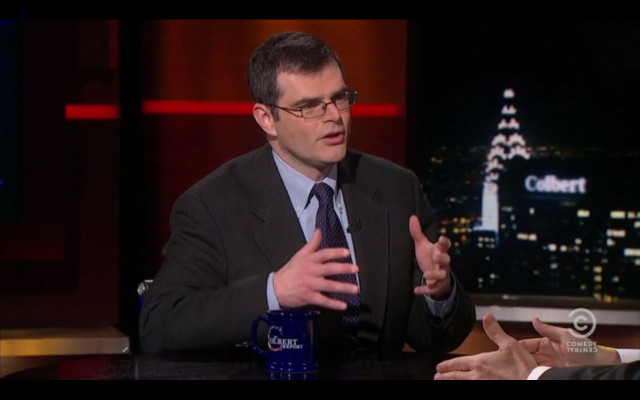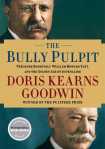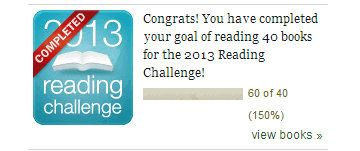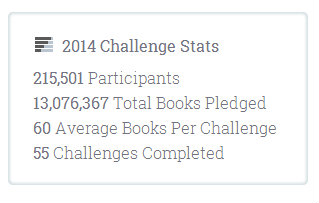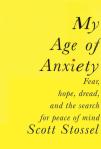Did you know that The Giver is the first in a quartet? Neither did I. That’s probably because when most of us were required to read the book, none of the sequels had yet been written. The books in the series are: The Giver (1993), Gathering Blue (2000), Messenger (2004), and Son (2012).
I’m not going to write a review of The Giver because I know most of you have probably read it. Suffice it to say that I appreciated it much more when I read it for a second time in college. For the other three I provide a brief synopsis, with my review at the end of the post.
Gathering Blue

Kira is a young adult who has just lost her mother, her only family as her father had been “taken by beasts” before she was born. Having been born with one crippled leg and with her mother no longer able to protect her, Kira faces hostility and the possibility of being sent to the Fields to die. However, the Council of Guardians sees a special gift in her, and chooses not only to keep her alive, but to set her up with a comfortable life doing work for the Council. The more she learns about the Council’s motives, though, the more she questions her own history and her given role. What should she take as truth, and what should she doubt?
Messenger
 Matty, once a wild, ill-mannered boy, has been tamed since coming to live with the blind man called Seer in the friendly and prosperous Village. However, he begins to notice that things are changing – a sense of selfishness has been creeping over Village, and many people have decided it would be best to close Village to any newcomers. Matty, one of the only people known to be able to enter and exit Forest at will without harm, hurries to collect Seer’s daughter before Village is sealed. But Forest is changing as well, becoming hostile toward even Matty. He must try to escape the malevolence of Forest that seems to have become as poisonous as Village.
Matty, once a wild, ill-mannered boy, has been tamed since coming to live with the blind man called Seer in the friendly and prosperous Village. However, he begins to notice that things are changing – a sense of selfishness has been creeping over Village, and many people have decided it would be best to close Village to any newcomers. Matty, one of the only people known to be able to enter and exit Forest at will without harm, hurries to collect Seer’s daughter before Village is sealed. But Forest is changing as well, becoming hostile toward even Matty. He must try to escape the malevolence of Forest that seems to have become as poisonous as Village.
Son
 The final book of the quartet begins in the same community and time as the first book, with some familiar faces springing up. The story begins with Claire, a fourteen-year-old Birthmother about to give birth to her first child- a son, who she is not allowed to see. Because of the difficulty of the birth, Claire is removed from her assignment as Birthmother and reassigned to the Hatchery, but she makes her way to the Nurturing Center when she has the opportunity so that she can see her son. She finds herself growing attached to the boy, not wanting to be apart from him. When a boy named Jonas disappears with the baby, Claire will do whatever she can to recover her son.
The final book of the quartet begins in the same community and time as the first book, with some familiar faces springing up. The story begins with Claire, a fourteen-year-old Birthmother about to give birth to her first child- a son, who she is not allowed to see. Because of the difficulty of the birth, Claire is removed from her assignment as Birthmother and reassigned to the Hatchery, but she makes her way to the Nurturing Center when she has the opportunity so that she can see her son. She finds herself growing attached to the boy, not wanting to be apart from him. When a boy named Jonas disappears with the baby, Claire will do whatever she can to recover her son.
Review:
First things first – If it’s been a while since you’ve read The Giver, I recommend giving it a quick read again. It will help you to pick up on the clues that connect The Giver to its sequels. Although they are all connected, it’s difficult to see that at first. In fact, it wasn’t until after I finished the third book in the series that I understood the connection at all. While the world of The Giver is quite sterile and technologically advanced, the world of Gathering Blue and Messenger is medieval and even superstitious at times.
Gathering Blue is a wonderful book that could stand completely on its own. It provides a look at a world that is post-apocalyptic (or so we’re led to believe). Because it’s a YA book, it’s a bit predictable, but it’s well-written (as should be expected of Ms. Lowry) and thought-provoking. Little clues in the book hint at the past, like the Object that sits inside the Council building (two large pieces of wood in the form of a cross), which everyone still shows reverence to although they don’t know why.
Messenger is almost a direct continuation of Gathering Blue, as it has the same characters (though the protagonist is different). Also, the setting and conflict are different between the two books. Messenger probably could also stand on its own, though the reader would lose a lot of depth by not having the background of the two previous books. That being said, this book is probably the most shallow, and the ending was a bit of a disappointment.
Son brought together all the previous story lines to create a harmonious ending. The book was a bit slower than the other three, certainly not “thrilling” like the description on the cover claims. But it brings the story to a satisfying conclusion.
Verdict:
Go for it! If you appreciated The Giver, you’ll like the rest in the series. They don’t take long to read, and they’re fun, thought-provoking, and insightful.
Find The Giver quartet here:
Amazon | Goodreads
 This one is going to be difficult. I don’t hide the fact that I’m liberal, nor do I pretend to like my state’s governor. In fact, during the lead-up to the 2012 recall election, I was campaigning from Lithuania as best I could. But I also believe that gathering evidence that only reaffirms my political beliefs is not going to help move my state forward. So with no little amount of trepidation, I picked up Scott Walker’s book from the library (because as fair as I try to be, no way was I going to buy it).
This one is going to be difficult. I don’t hide the fact that I’m liberal, nor do I pretend to like my state’s governor. In fact, during the lead-up to the 2012 recall election, I was campaigning from Lithuania as best I could. But I also believe that gathering evidence that only reaffirms my political beliefs is not going to help move my state forward. So with no little amount of trepidation, I picked up Scott Walker’s book from the library (because as fair as I try to be, no way was I going to buy it).
